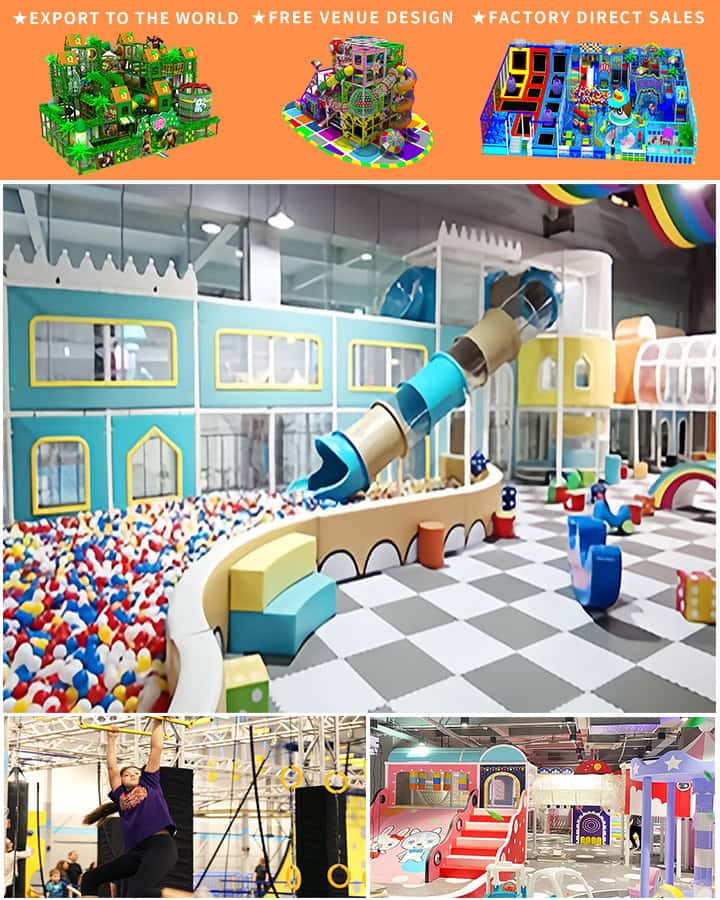Children’s playgrounds have long been a magical realm, not just in real life but also on the silver screen. These vibrant spaces serve as more than mere settings; they are gateways to adventure, imagination, and the exploration of fundamental human emotions and values. In children’s movies, playgrounds transform into stages where young protagonists face challenges, make new friends, and learn valuable life lessons. This article delves into the enchanting portrayal of playgrounds in children’s cinema and the impact these depictions have on young audiences.
A Universe of Adventure
In many children’s movies, playgrounds are depicted as universes of adventure. Whether it’s a simple swing set in a local park or an elaborate fantasy land filled with talking animals and whimsical contraptions, these spaces invite young viewers to dream big. For instance, in films like “E.T. the Extra-Terrestrial,” the school playground becomes a pivotal location for E.T. and Elliott to bond and ultimately escape from government agents. The playground here symbolizes freedom and the boundless possibilities of friendship.
Learning Through Play

Playgrounds in children’s movies often serve as arenas for learning essential life skills. Films like “The Sandlot” use the baseball field as a setting where themes of teamwork, perseverance, and overcoming fears are explored. Similarly, in animated features like “Winnie the Pooh,” the Hundred Acre Wood becomes a place where Pooh and his friends engage in playful activities that teach problem-solving, empathy, and the importance of community.
A Safe Haven
One of the most comforting aspects of playgrounds in children’s movies is their portrayal as safe havens. These places provide a respite from the complexities of the adult world, offering a sanctuary where children can be children. In “Paddington,” Paddington Bear finds solace and happiness in the natural beauty and simplicity of the park, which stands in contrast to the bustling city around him. Here, the playground represents innocence, security, and the joy of simple pleasures.
Diverse Representations
Modern children’s movies are increasingly embracing diverse representations of playgrounds, reflecting a broader understanding of childhood experiences across different cultures and backgrounds. Movies like “Coco” bring the vibrant culture of Mexican festivals to life through its depiction of communal celebrations and traditional games. These inclusive portrayals help children from varied backgrounds see themselves represented on screen, fostering a sense of belonging and acceptance.
The Power of Imagination
Playgrounds in children’s movies also highlight the power of imagination. Whether it’s transforming a slide into a rocket ship or seeing monkey bars as part of an elaborate obstacle course, these creative interpretations encourage children to think outside the box. Films like “Mary Poppins” use fantastical playgrounds to remind both children and adults of the joy and limitless potential that comes from imaginative play.
Conclusion
Playgrounds in children’s movies hold a special place in the hearts of young audiences. They are more than just physical spaces; they are canvases for adventures, lessons, and dreams. By portraying playgrounds in diverse and imaginative ways, filmmakers provide children with not only entertainment but also valuable life lessons and emotional support. As we continue to celebrate these cinematic playgrounds, we acknowledge their enduring power to inspire, educate, and nurture the youngest members of our society.




